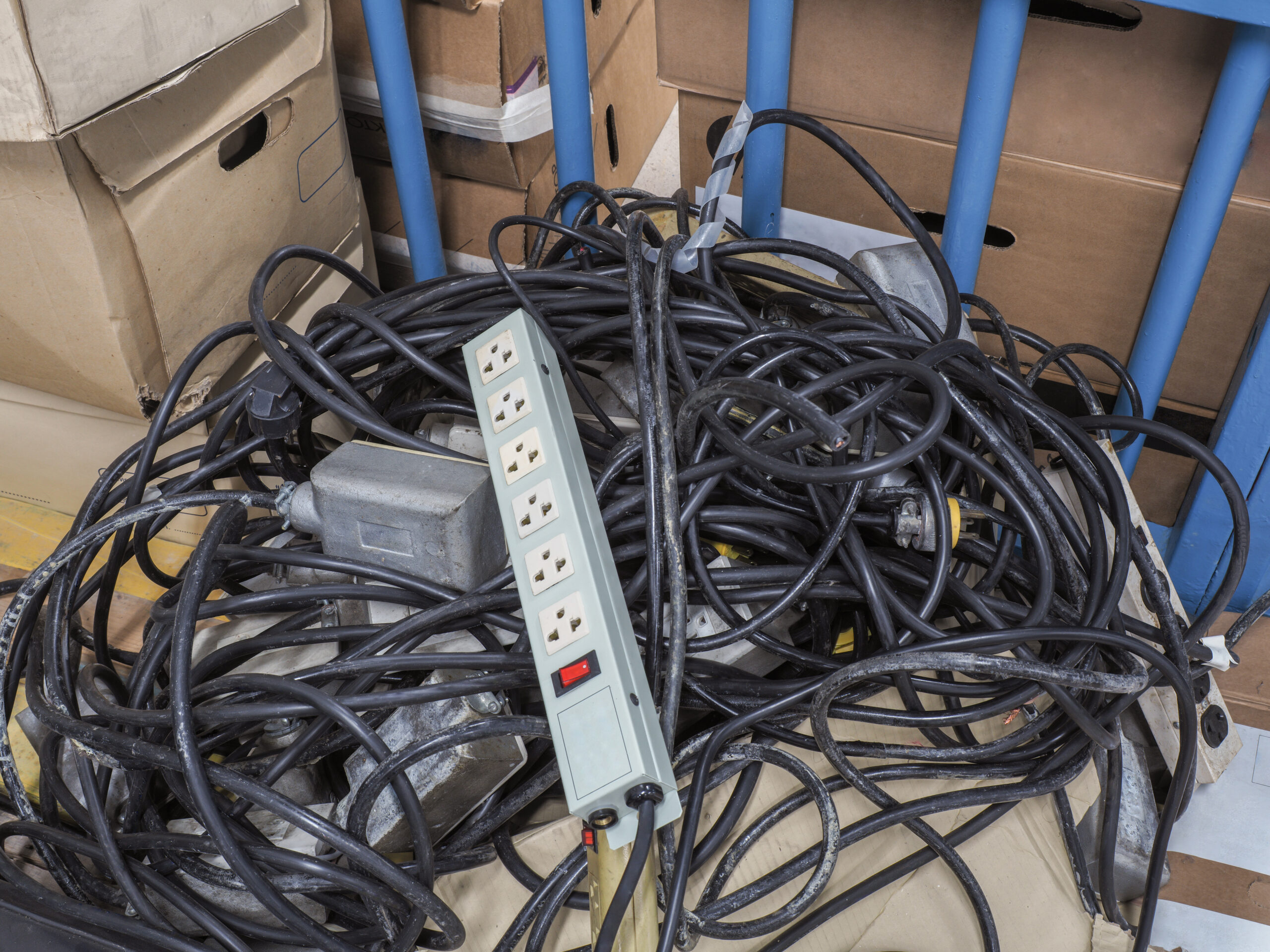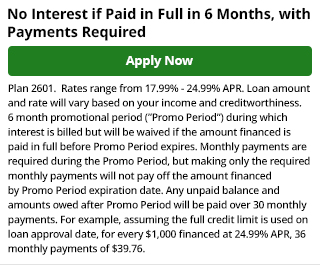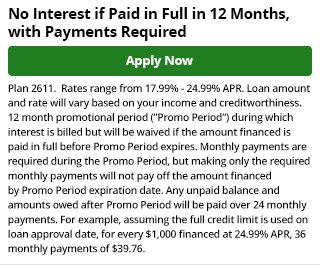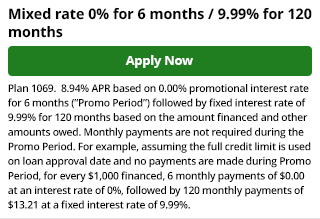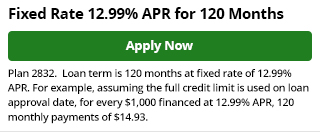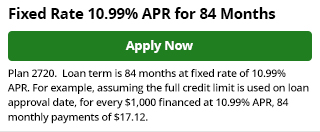How many is too many extension cords? This question has 2 scenarios and two answers:
1. If your extension cord won’t reach, and you stretch its length by attaching another extension cord, that’s too many. Extending the length this way can result in overloading and overheating; then you have a fire risk. Buy one cord that is the correct length rather than daisy-chaining.
2. How many extension cords per room is too many? Extension cords are supposed to be a temporary solution, never a permanent one. Any room using even one extension cord as a long-term power source is already using too many extension cords. Extension cords aren’t designed to be used for more than 90 days.
Even though outlets have two plug-ins, never plug two temporary extension cords into one outlet. The power pull can be dangerous. Electrical resistance is higher with the addition of one extension cord. Connecting two extension cords or plugging two into one outlet results in heat generation that poses a fire risk.
Using Too Many Extension Cords Is Dangerous
OSHA regulations apply to workplaces and not necessarily homes. But their guidelines have set our standards for safety. Also, we’re spending much more time working in offices and managing small businesses at home.
Extension cords are terrific solutions to temporary power supply needs. Some of their recommendations for extension cord safety include:
- Always choose cords with 3-prong plugs. Never remove the grounding plug to force a 3-prong extension cord into a 2-prong plug-in.
- Cords should be approved for their intended use. For example, don’t use indoor cords outdoors, small (thin and flat) extension cords for large tools or appliances, etc. Every extension cord should have the right voltage rating and the amperage required to power the equipment/appliance.
- Do not daisy-chain extension cords. Do not use more than one extension cord per outlet.
- Don’t bend or coil cords.
- Don’t place cords in areas that may get wet or damp.
- Extension cords should not be extended through doorways, walls, or windows. They should not run under rugs or furniture.
- For outside applications, use only outdoor cords.
- If an extension cord feels warm to touch, unplug and stop using it.
- If an extension cord has cuts or frayed wires, discard it.
- Never attach extension cords to floors or surfaces using nails, tape, or staples.
- Never use extension cords as a permanent power source.
- Protect extension cords from foot traffic; protect pedestrians from tripping over extension cords.
- Purchase cords that have been tested and approved by Underwriters Laboratories (UL), Intertek (ETL), or Canadian Standards Association (CSA).
- The cords’ sizes are numbers; gauges. The smaller the number, the greater the amount of electrical current. Even if two cords have the same gauge, the shorter one can manage more current than the longer one.
- Unplug extension cords after use. To unplug the cord, pull on the plug, not the cord.
The Solution: Adding More Outlets
Power strips and surge protectors are great solutions for connecting multiple electronics to one outlet. Extension cords are used to connect the distance between one outlet and one electronic appliance or piece of equipment. Using too many extension cords is dangerous.
If you’re using numerous power strips and extension cords to power your home or office, the problem is you don’t have enough outlets to support your electrical requirements.
The ideal fix is for your local electrical contractor to install additional outlets. Your electric professional will use the right type of wiring and make sure your circuit breaker can handle your current load.
Turn It On Electric is a 5-star, licensed, electrical contractor. We specialize in Phoenix-area commercial and residential electrical remodeling. If you need electrical upgrades that would increase your property value and make your home safer, request a free quote.
We welcome your questions. Contact TIO Electric.

